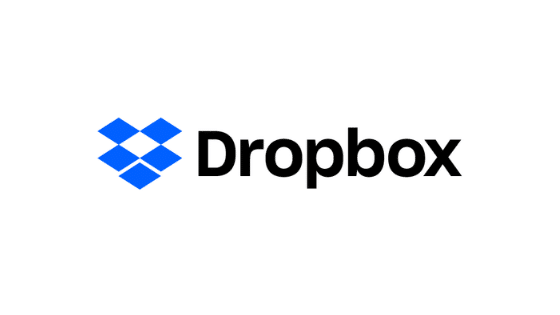Dropbox CEO Drew Houston has been thinking pretty deeply about the future of work. His company, after all, is a key provider of tools that make remote work possible. Dropbox is so connected to the remote work movement that it was among the “pandemic” stocks taking a hit over the past week as news of a vaccine emerged.
Dropbox’s “pandemic crash” was relatively modest. Its stock fell about 5% after the vaccine announcement. Zoom, the mother of all pandemic stocks, has fared much worse. It’s down about 20% from before the news. Still, we think the pandemic stock selloff overall is a short-term phenomenon. Even as the vaccine news brings a collective sigh of relief that we may soon be able to emerge from our warrens, the pandemic has cemented permanent changes to how we work. My colleague Neal Polachek mused on this theme just last week.
Focused on Remote Work
Dropbox clearly agrees that the pandemic accelerated changes to how we work. Speaking last week on the “Masters of Scale: Rapid Response” podcast, Houston noted that remote work “has been around for decades. But if you squint, you can see the positive potential of it being realized. But there are also pain points.” He added that his own company’s workforce walked through a “one-way door” when it went remote this spring due to the pandemic.
“The vast majority of our employees do not want to go back to exactly the way it was before,” Houston said. Dropbox now describes itself as a “virtual-first” company.
This week, the company backed up its belief that remote work is the future by releasing an overhaul to its Dropbox Spaces product. The new version is now in beta, and access is available on request.
Dropbox rolled out Spaces last year (in the pre-COVID era) to transform the ordinary Dropbox folder into a collaborative workspace. Part of the premise of the Spaces upgrade is an acknowledgment of the remote work “pain points” that Houston mentions.
Distracted Distributed Teams
The idea behind the new Spaces is to make it easier for distributed teams to be productive. Because the data suggests there is room for improvement. For example, Dropbox cites a new Economist Intelligence Unit study that found 68% of distributed team members find it difficult to get new projects off the ground. Distractions are rampant. The study estimates that 28% of teams’ time is wasted away by distractions.
Dropbox presents the new version of Spaces as “one easy-to-use place where they can collaborate on content, communicate with their team, and coordinate projects from start to finish.”
Basically, this is done through three key features. It offers a place to organize all the pieces of a project in one place. This includes files, cloud content, tasks, comments, and timelines, for example. The second feature is project management, allowing users to set priorities and assign tasks. And finally, the new Spaces has a messaging feature, which the company describes as a place to “share project updates, reply to feedback, and feel the human connection of working together from anywhere.”
As described, the new tool seems like a combination of what we think of as classic Dropbox (cloud file storage). Then add a project management tool like Asana or Monday.com. And finally, finish it off with a Slack-like feature. All in one package.
Here are a few other notable features of the new Spaces.
- A document signature tool for prepping and sharing documents requiring a signature.
- A beta allowing teams to store and sync passwords.
- Trafic and insights tool that tracks engagement with shared files.
Build from Virtual Experience
What may be the most compelling selling point of the new Spaces, assuming Dropbox delivers on its promises, is the update’s origin story. Dropbox is taking what it has learned from going remote and turning it into software for other remote organizations to work more efficiently.
“When the pandemic suddenly shuttered offices and sent workers home, teams became scattered. At the same time that workers were isolated from each other, so were their tools. Overnight, teams had to learn new ways to stay connected and productive,” the company writes on its blog.
“This dramatic shift forever changed the way we work. But it also opened up an opportunity to radically improve our workflows. This year, our experience as a fully distributed team has inspired us to take a leap into the future of work as a virtual-first company. Remote work is now our everyday default mode. And we’ll be applying what we learn to develop products that eliminate the obstacles facing distributed teams.”
Remote Still a Thing
Small business owners embraced remote work grudgingly at the start of the pandemic. But evidence from Localogy’s latest wave of Modern Commerce Monitor™ research shows that remote work is persisting. According to the just-released Wave V-IV, 55% of SMBs say they still have at least some remote workers. This is down from 77% at the peak of the pandemic in April, but it suggests some segment of the SMB population will remain remote well beyond the crisis.
So it strikes us that Dropbox is making a safe bet that businesses will need better tools to manage distributed teams well beyond the current situation.




